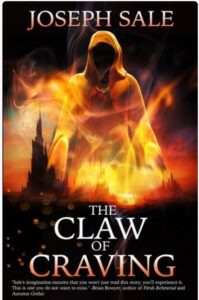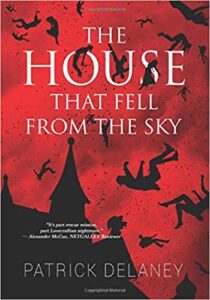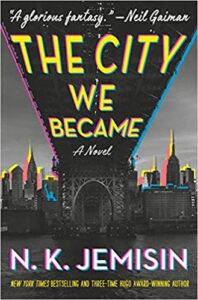The Claw of Craving: The First Book of Lost Carcosa by Joseph Sale
Blood Bound Publishing, 2023
ISBN: 9781940250595
Available: Paperback, Kindle edition
Buy: Bookshop.org | Amazon.com
Some of the best horror novels of the 80s and 90s weren’t really horror at all. They were, at heart, fantasy books with a dark core, with James Herbert’s Once, Clive Barker’s Weaveworld, and Ronald Kelly’s Fear being standout examples. Joseph’s Sale’s The Claw of Craving is a beautifully crafted tale of darkness and light in the “world beyond our world” realm of Carcosa that could revitalize the genre. If you like dark fantasy, this is a must-read.
Alan Chambers is an ordinary guy convinced there has to be more to existence than his mundane life on earth…it’s there, somewhere, just beyond his grasp. His search ends when he is granted passage to the fabled land of Carcosa, ruled by the Yellow King (a nice nod/tribute to author Robert W. Chambers in the choice of ruler). Alan and a few companions find themselves on a journey to recover the Claw of Craving, so they can rescue the wife of the Yellow King from her captors. Magic and mayhem abound, as the companions journey through the bleak land to the fortress where the Claw resides.
It only takes 25 pages or so for Alan to get to Carcosa, afte suffering through a pain-soaked ritual. Once in Carcosa, the story takes off, pulling the reader along at a quick pace.
Dark fantasy books work best when taking the standard elements of magic and demihumans, then warping them or shading them in gray. Author Sale does this throughout the book with impeccable skill: this is outstanding writing. The magic feels original, .the monsters are new creatures from old elements, and the fights are bloody enough for the gorehounds, but it’s all in service to the story, not the other way around. One can catch hints of Lovecraft in the narrative, with the whole “describing things that cannot be described” style. Author Sale does this well, and makes it sound like his own style.
The characters and their development are what really elevate the story. At heart, this is a story about one man’s need for redemption and becoming a better person, even if he didn’t know he was looking for that. It’s emotionally deep at times, and will give some fearsome yanks on the heart-strings, as Alan tries to put the damage from his past life behind him. The other characters are also emotionally complex, with Princess Cassilda being especially well done. Her insights on human nature would hold up in any philosophy discussion. It’s Alan who is the star of the book, though, and an outstanding one he is.
Bottom line: enough talkie-talkie! Just read this one: it’s hard to imagine anyone disliking it, and should appeal to non-horror readers as well. The only problem is waiting for the next one in the series!
Highly recommended.
Reviewed by Murray Samuelson







Follow Us!